Cost-Effectiveness
Cost considerations are a crucial driver in the Composite Railroad Tie Market. As rail operators seek to optimize their budgets, the long-term cost benefits of composite ties become increasingly appealing. Although the initial investment may be higher compared to traditional wood ties, the durability and low maintenance requirements of composites can lead to significant savings over time. This economic rationale is prompting more rail companies to transition to composite solutions, particularly in regions where maintenance costs are a concern. Market forecasts suggest that this trend could result in a 12% increase in the adoption of composite ties within the next five years.
Regulatory Compliance
The Composite Railroad Tie Market is increasingly influenced by stringent regulatory frameworks aimed at enhancing safety and environmental standards. Regulations governing the use of materials in rail construction are becoming more rigorous, prompting companies to seek compliant solutions. Composite ties, which often meet or exceed these standards, are becoming a preferred choice among rail operators. The need for compliance not only drives demand but also encourages innovation within the industry, as manufacturers strive to develop products that align with evolving regulations. This dynamic is likely to sustain market growth, with projections indicating a steady increase in adoption rates.
Infrastructure Investment
Significant investments in rail infrastructure are propelling the Composite Railroad Tie Market forward. Governments and private entities are allocating substantial budgets for upgrading aging rail networks, which necessitates the replacement of traditional ties with composite alternatives. This trend is particularly evident in regions where rail traffic is expected to increase, leading to a projected rise in demand for composite ties. Analysts indicate that the infrastructure investment could lead to a market expansion of approximately 15% over the next decade, as stakeholders recognize the long-term benefits of using durable and low-maintenance composite materials.
Technological Innovations
Technological advancements are playing a pivotal role in the evolution of the Composite Railroad Tie Market. Innovations in material science have led to the development of composite ties that are lighter, stronger, and more resistant to environmental factors. For instance, the integration of advanced polymers and additives enhances the performance and longevity of these ties. As a result, rail companies are increasingly adopting these innovative solutions to improve operational efficiency. The market is expected to witness a surge in demand for technologically advanced composite ties, potentially increasing market share by 10% in the coming years.
Sustainability Initiatives
The increasing emphasis on sustainability within the Composite Railroad Tie Market is driving demand for eco-friendly materials. As rail operators seek to reduce their carbon footprint, composite ties, made from recycled materials, are gaining traction. These ties not only offer durability but also align with environmental regulations and corporate sustainability goals. The market for composite ties is projected to grow, with estimates suggesting a compound annual growth rate of around 5% over the next five years. This shift towards sustainable practices is likely to reshape procurement strategies, as companies prioritize environmentally responsible products.


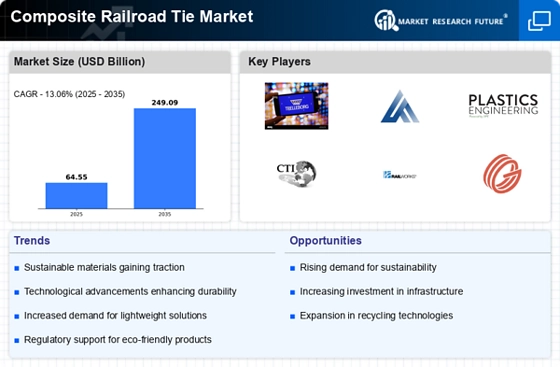
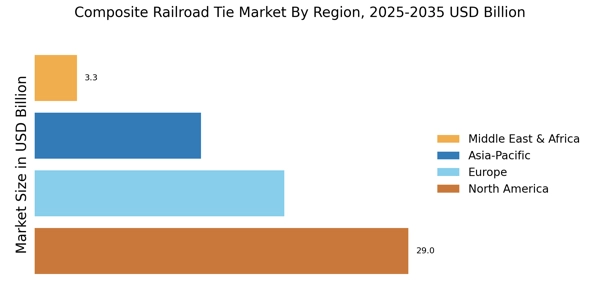
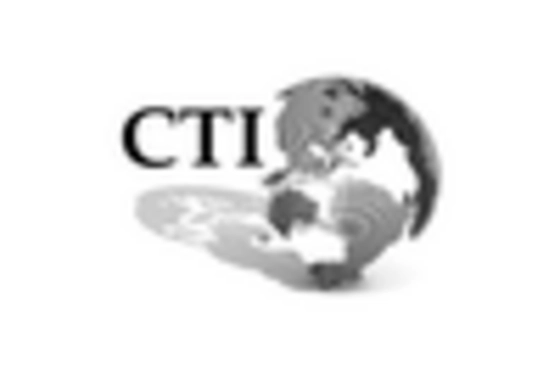
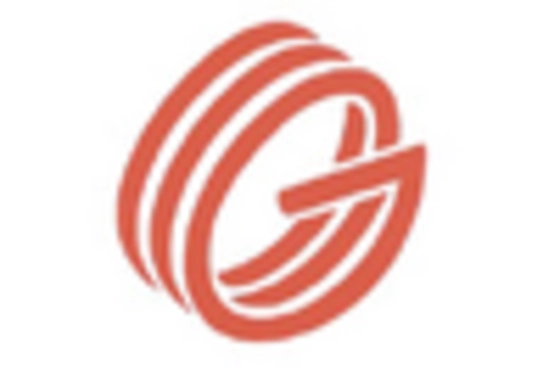

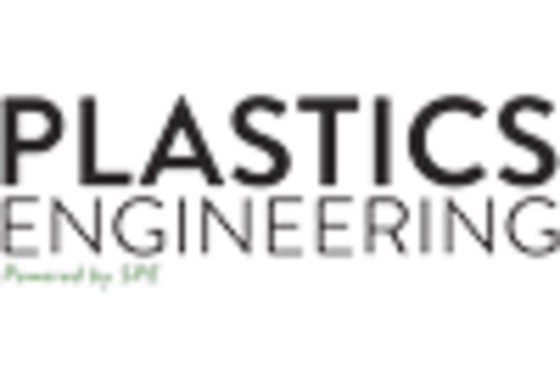










Leave a Comment